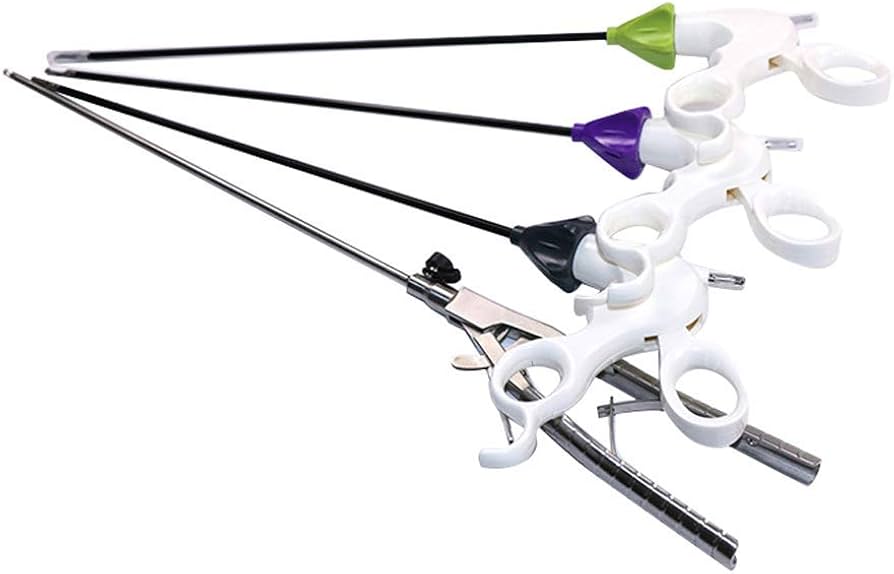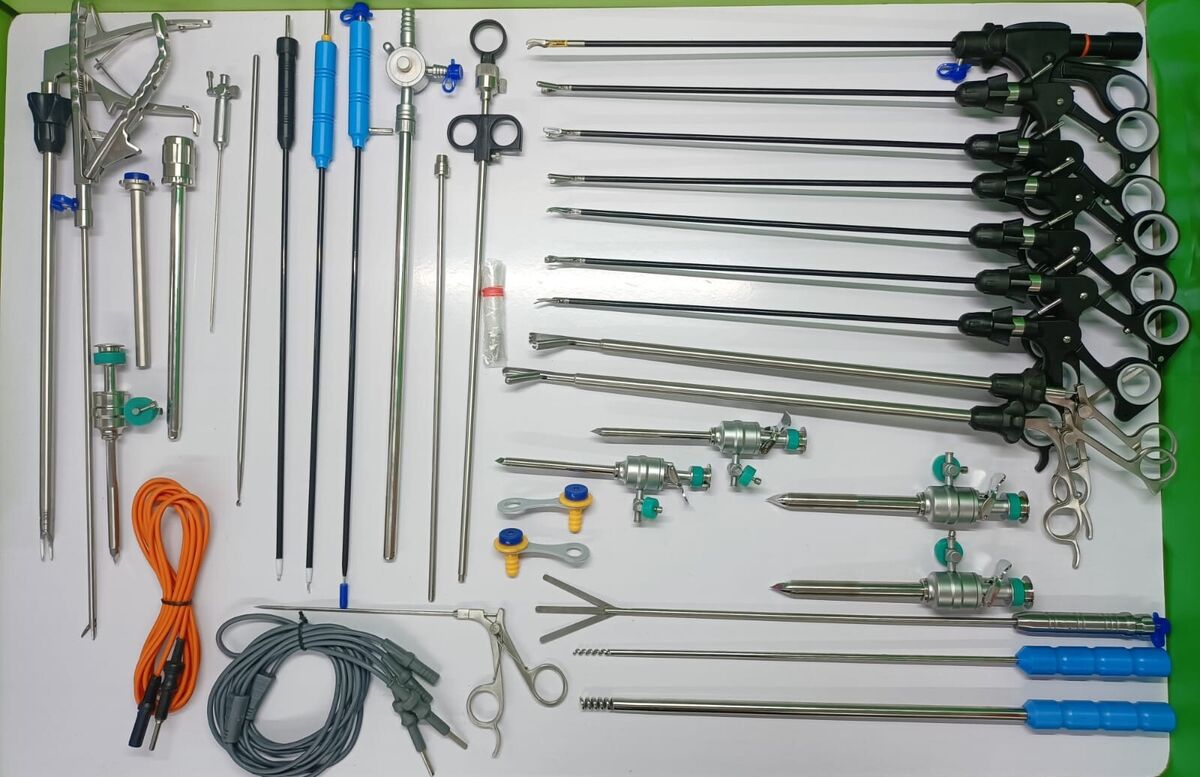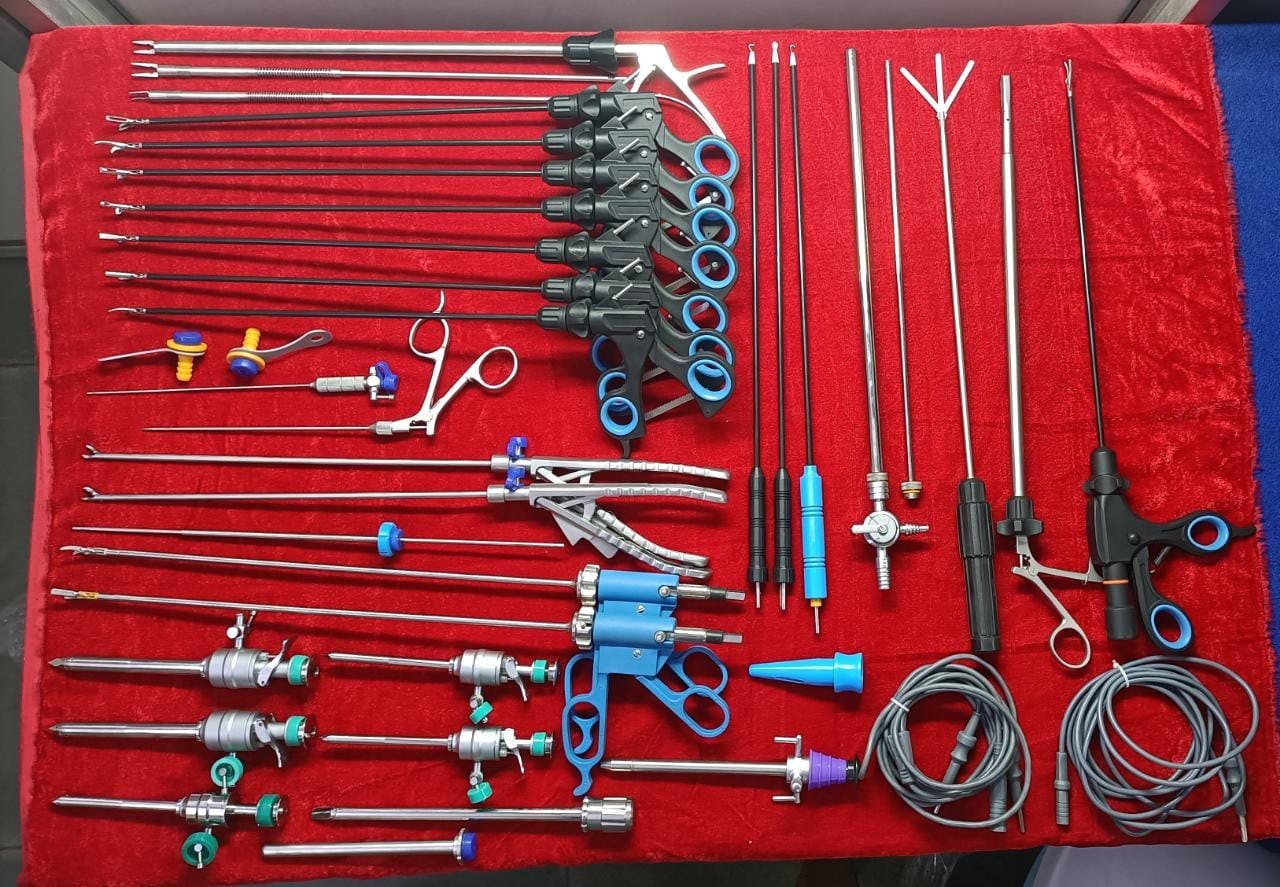Description
Laparoscopic equipment has revolutionized the field of minimally invasive surgery, offering numerous advantages over traditional open surgical techniques. This specialized set of instruments includes a laparoscope, which is a thin, lighted tube equipped with a camera that allows surgeons to visualize the internal organs without making large incisions. The high-definition imaging provided by these cameras enables enhanced precision during procedures, allowing for greater accuracy and reduced trauma to surrounding tissues.
In addition to the laparoscope, a typical laparoscopic setup includes various specialized instruments such as graspers, scissors, and electrosurgical devices, all designed to be inserted through small incisions, typically ranging from 0.5 to 1.5 centimeters. These instruments facilitate a wide range of surgical procedures, from gallbladder removals to complex gastric surgeries. The use of carbon dioxide insufflation during laparoscopic surgery further aids visibility and working space by inflating the abdominal cavity, providing surgeons with a better view and easier access to the target area.
One of the most significant benefits of laparoscopic surgery, aided by advanced laparoscopic equipment, is the decreased recovery time for patients. Because these procedures involve smaller incisions, patients often experience less pain, reduced blood loss, and shorter hospital stays. This innovation has made it possible for many surgeries to be performed on an outpatient basis, allowing patients to return to their daily lives much sooner than with traditional surgical methods. As technology continues to advance, laparoscopic equipment is being enhanced with features such as robotic assistance and improved imaging technology, further expanding the possibilities of minimally invasive procedures and setting new standards in surgical care.















